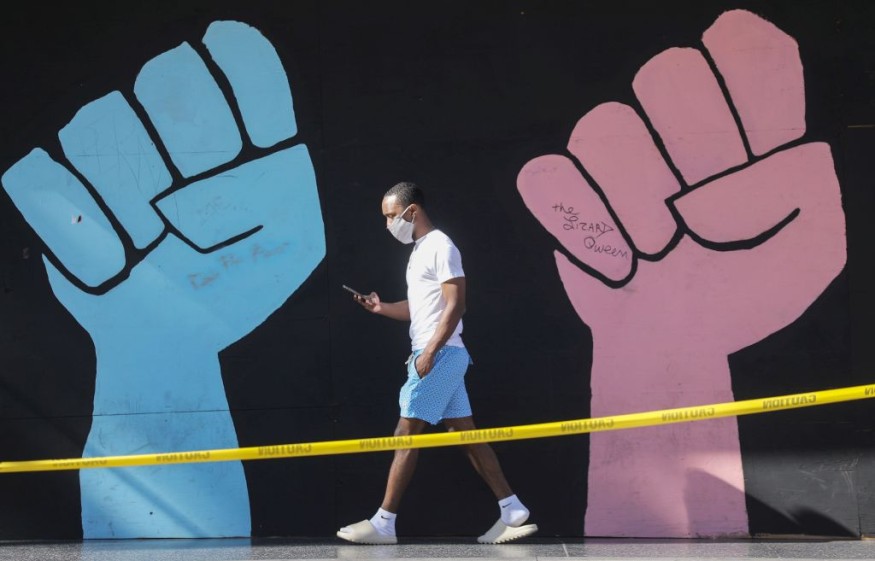‘Slow Streets’ Experiment Helps San Diego Boost Cycling and Walking

After car traffic was partly banned on numerous San Diego streets to encourage biking and walking, city officials emphasized that the program is not a failure as San Diego is dialing back to its slow streets experiment.
Based on city officials, they have learned important lessons from the slow streets experiment that will help them make streets across the city more bike-friendly and walker-friendly. Mayor Todd Gloria also encourages his people to take part in his 'sexy streets' campaign.
The 'slow streets' program is a temporary pilot program where the city closed off a number of small segments of roads around San Diego at various times. However, since it was launched a year ago, its application has faced some controversies.
Closures prompted complaints regarding the lost parking spots, increased traffic congestion on nearby streets, and other consequences. The city has removed every slow street segment except for one: Diamond Street in Pacific Beach.
Despite some backlash from several sectors, San Diego officials mentioned this week that the program also has many fans. During the pandemic's stay-at-home order, an online survey found 73 percent support for slow streets and 64 percent support for keeping them long-term. The support was at 81 percent in low-income areas that lack infrastructure.
According to PB Monthly, the director of the city's new Mobility Department, Alyssa Muto, shared they would not consider the 'slow streets' program a failure in any sense. She also added that the program was successful in achieving its primary goal of allowing residents to get around their neighborhoods for essential travel while maintaining physical distance from others.
Moreover, slow streets were particularly crucial when beaches and parks were closed during the early weeks of the lockdowns in the area. But what's more important for the city officials is that the program taught them things that work, and that the cooperation among merchants, residents, and neighborhood leaders on future slow streets projects.
Sexy Streets
In addition, the director of the new Mobility Department of San Diego stated that the implementation faced several problems, but it resulted in lessons that can be applied in the future to pilot or permanent complete streets projects.
Furthermore, Muto said that the last remaining slow street segment, which is located in Diamond Street in Pacific Beach, has a chance to become permanent and will serve as a model for other neighborhoods. Despite its support, the city government is still analyzing its impact and they might instead decide to remove it, KPBS reported.
The city has been doing a trial-and-error approach to slow streets. Their plan is to see what works in which types of situations, and also try the successful results in other situations that appear similar.
The information that they have gathered in slow streets will be used in helping the 'sexy streets' campaign of Mayor Todd Gloria. It envisions transforming many streets in the city into urban places for gathering by adding bike lanes, pocket parks, and other amenities in several areas.
Subscribe to Latin Post!
Sign up for our free newsletter for the Latest coverage!

















